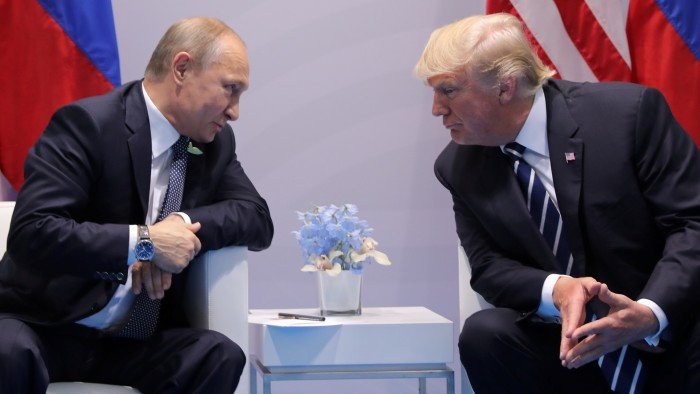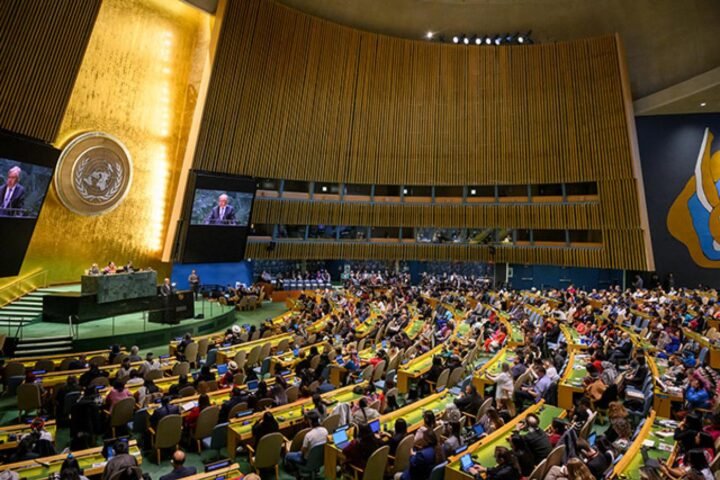Hungarian Prime Minister Viktor Orban is facing renewed criticism over what observers call a politically driven disinformation campaign exploiting the death of a Hungarian-born Ukrainian soldier to stir anti-Ukrainian sentiment. Speaking on July 26 in Băile Tușnad, Romania, during the annual Tusványos Summer University, Orban repeated unsubstantiated claims that 46-year-old József Sebestyén, an ethnic Hungarian from Ukraine’s Zakarpattia region, was beaten to death by Ukrainian military conscription officers.
Despite official medical reports and eyewitness testimony refuting any signs of violence, the Hungarian government has continued to amplify the false narrative — a move widely viewed as part of a broader strategy to undermine Kyiv and provoke tension over minority rights in Ukraine.
Claims of violence disputed by medical staff and witnesses
Sebestyén, who held dual citizenship, died in early July while undergoing military service. Pro-government Hungarian media were quick to report that he had been “beaten to death” during forced mobilization — a version echoed repeatedly by Orban, despite the lack of evidence and absence of an independent investigation. Some outlets went further, alleging that forensic experts were pressured by Ukrainian authorities to alter the autopsy findings, although no names, sources, or proof were provided.
In contrast, medical personnel directly involved in Sebestyén’s case offered a clear counter-narrative. Zoltán Rázsó, an ethnic Hungarian nurse from Zakarpattia who served in Ukraine’s Armed Forces, told Euronews he had seen Sebestyén’s body firsthand and found no signs of trauma. “I would have noticed any bruises or injuries. There were none,” he said. According to Rázsó, the cause of death was a blood clot that reached the heart, and Sebestyén had exhibited signs of disorientation and anxiety before being moved to a psychiatric ward, where he died suddenly in a bathroom.
Rázsó also emphasized the integrity of the coroner involved, calling him “a trustworthy colleague.” His decision to speak publicly was driven by what he described as “a duty to tell the truth” in the face of political manipulation.
Context of mobilization and ethnic relations in wartime Ukraine
The controversy emerges at a time when Ukraine, now in its fourth year of full-scale war, continues to struggle with balancing national defence and civil rights. Videos circulating online show Ukrainian draft officers sometimes using aggressive methods, but these are generally linked to situations where individuals resist presenting documents or undergoing medical evaluations.
Such incidents are not unique to Ukraine; similar conscription enforcement practices exist in many countries during wartime. Moreover, critical bloggers — even those sceptical of the Ukrainian government — have noted that force is used only in cases of resistance, with no evidence suggesting targeted discrimination based on ethnicity. Ethnic Hungarians, Roma, and Ukrainians reportedly receive equal treatment in mobilization efforts.
In fact, testimonies from Zakarpattia residents indicate a widespread sense of solidarity and shared purpose, with ethnic Hungarians voluntarily serving in the military. These communities continue to speak their languages and live as part of Ukrainian society — a reality that contradicts Budapest’s portrayal of systemic persecution.
Budapest’s messaging aligns with Kremlin narratives
Orban’s rhetoric in Tușnad marks yet another attempt by his government to use ethnic Hungarian issues as leverage in foreign policy — often echoing talking points that align with Russian strategic interests. Framing Ukraine’s war effort as illegitimate or imposed, and portraying ethnic minorities as victims of repression, Budapest seeks to weaken Western unity while maintaining formal ties to the EU and NATO.
Notably absent from Orban’s speech were any acknowledgements of the ethnic Hungarians who fight voluntarily for Ukraine or the rights and protections they receive under Ukrainian law. His silence on these realities, critics argue, reflects a broader pattern: the use of emotive storytelling, anonymous claims, and manipulated narratives to serve Hungary’s geopolitical agenda.
The death of József Sebestyén is a personal tragedy — but in Orban’s hands, it has become a political weapon. Against this backdrop, facts, verified accounts, and the voices of those who serve on the frontlines remain crucial in countering disinformation and ensuring the truth prevails.










